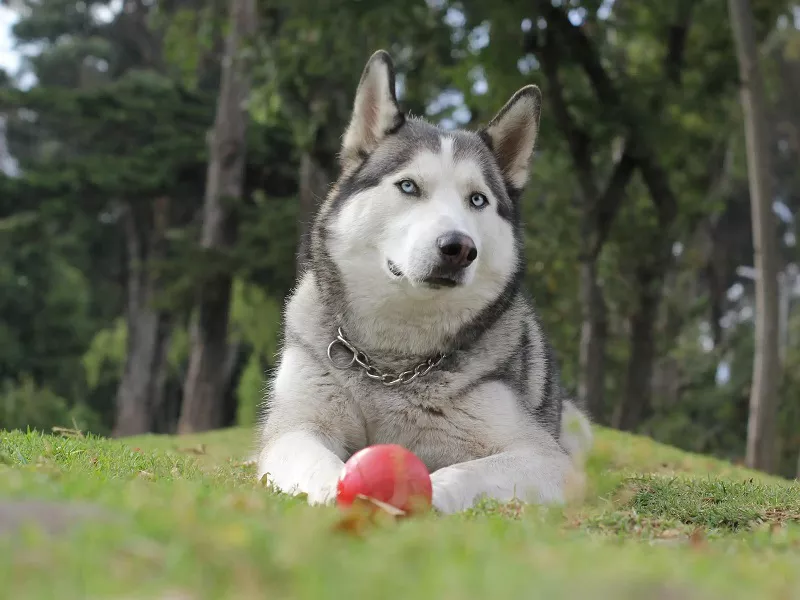For owners who have a dog at home, they may find that it is easier to get sick when the dog is just giving birth, so why is this?
The time of lochia after giving birth to a dog is about a week. The initial lochia contains blood, which is red; in the middle stage, it becomes light yellow; in the later stage, it is transparent and colorless, and then stops expelling. If it cannot be cleared for a long time or there is an abnormal odor, it indicates that there are pathological changes in the uterus.
The postpartum period of the female dog includes the whole process of the discharge of the afterbirth, the discharge of the lochia and the restoration of the reproductive organs to their original state. The main changes in the dog’s reproductive tract after childbirth are the regeneration of the uterine mucosa; the variable shedding of the maternal placental mucosa; the proliferation of the uterine glandular epithelium into a new epithelium; the mucosal “parenchymal atrophy” is absorbed; the lochia is discharged.
The formation of lochia is mainly due to the degeneration and shedding of the maternal placenta, blood in the fetal membrane vessels, residual fetal fluid in the uterus, and a large amount of secretions from the uterine glands. In the first few days, the lochia contains blood, so it will appear red; after that, it will gradually become a light yellow transparent liquid; finally, it will become transparent and stop expelling.
There is no bacteria in the lochia at first, and it may enter non-pathogenic bacteria later, so it is harmless to the mother dog. Postpartum generally does not show elevated body temperature or no significant change. If the mother is severely dehydrated, calcium deficient, or infected with the birth canal, there will be a marked increase in body temperature. In general, lochia is drained within 5 days, and it can be delayed for 1 to 2 days at most. Lochia exists for a long time and cannot be removed or abnormal odor appears, indicating that there are pathological changes in the uterus.
The principle of treatment is to promote the discharge of the contents of the uterus, uterine contractions, and prevent infection. And properly isolate the dog, use broad-spectrum antibiotics, oxytocin, and give enough nutrition to increase the dog’s resistance.


























